 Machine Learning
Machine Learning
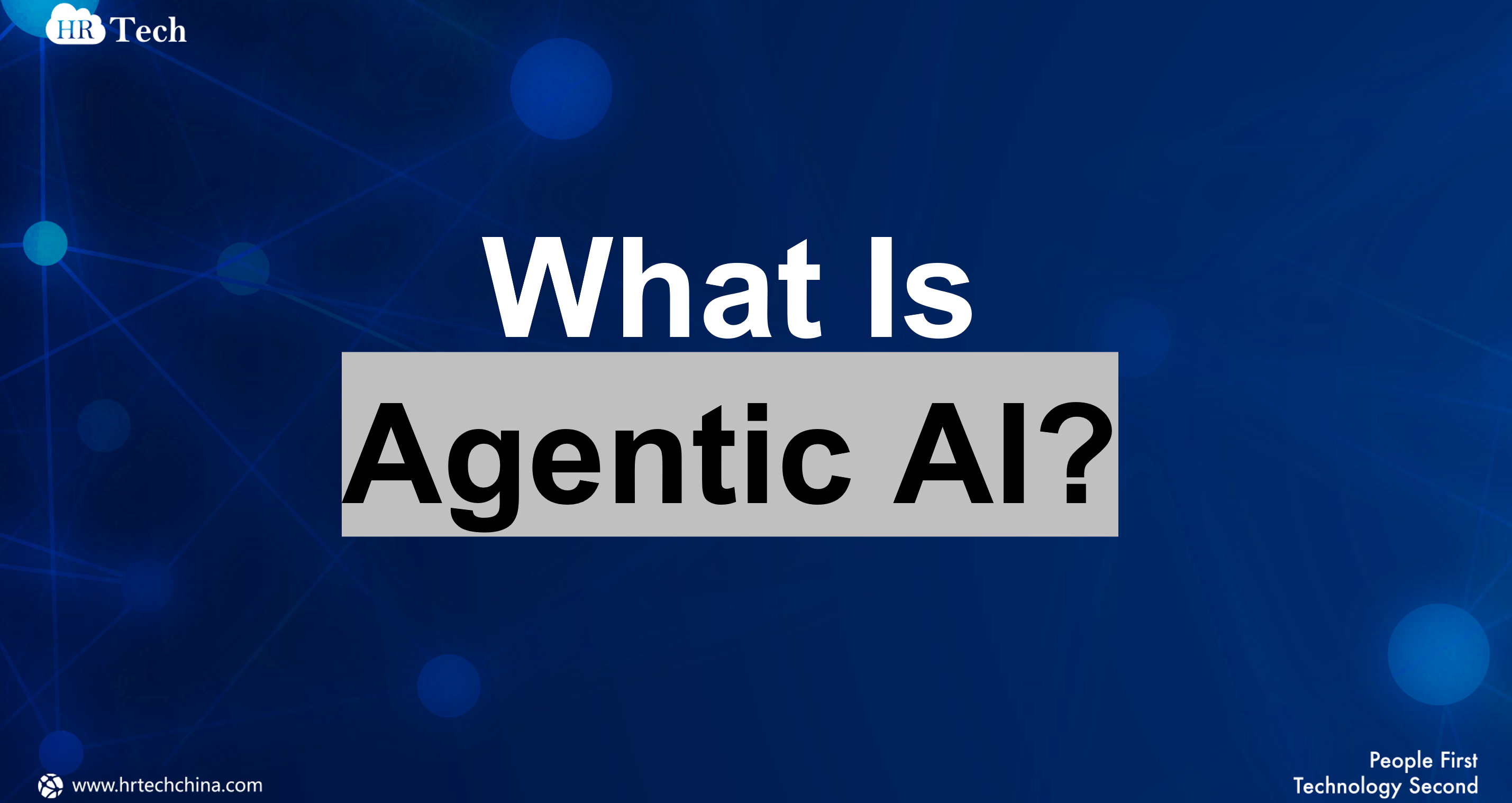 Machine Learning
Machine Learning
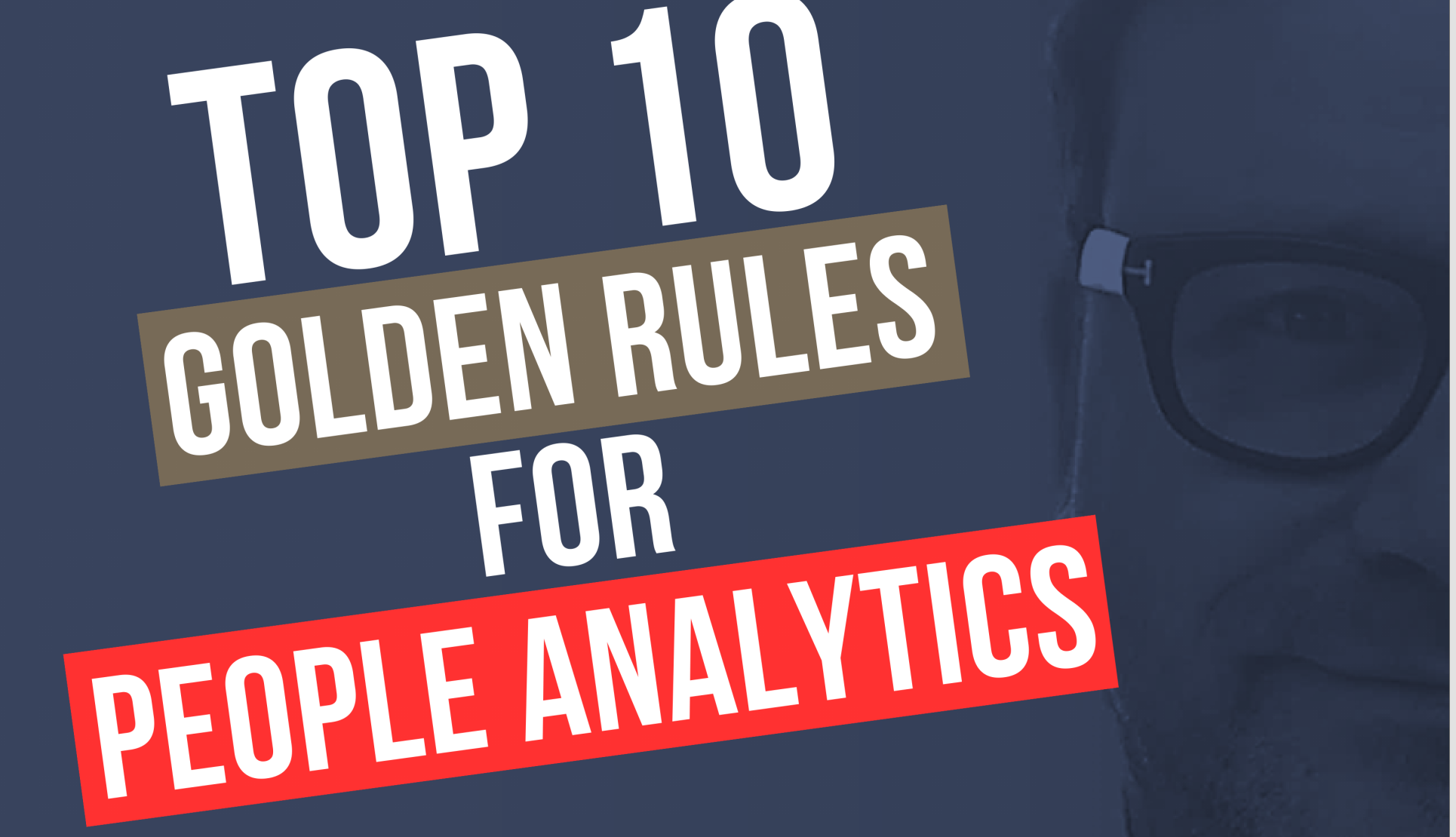 Machine Learning
Machine Learning
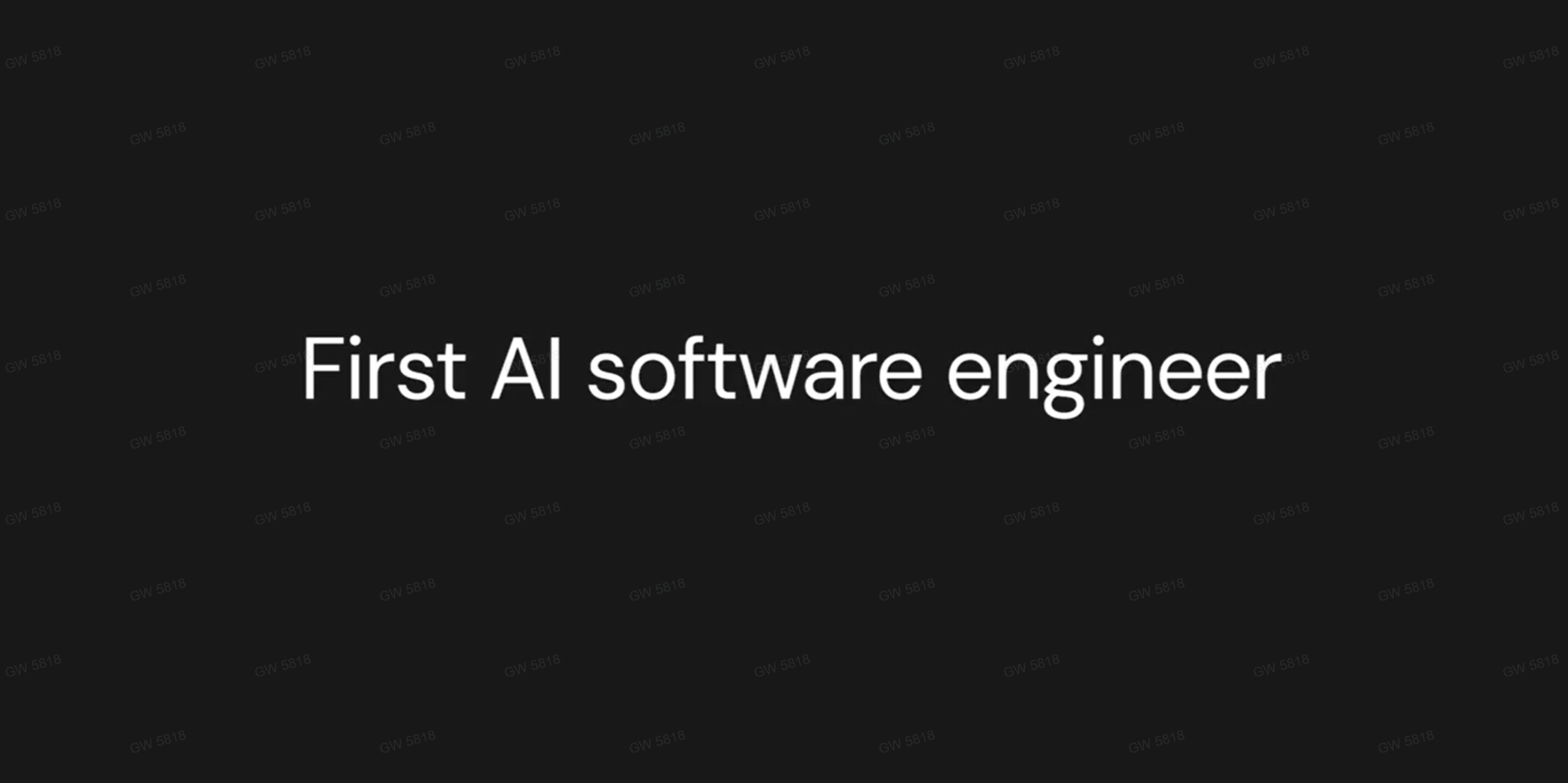 Machine Learning
Machine Learning
 Machine Learning
Machine Learning
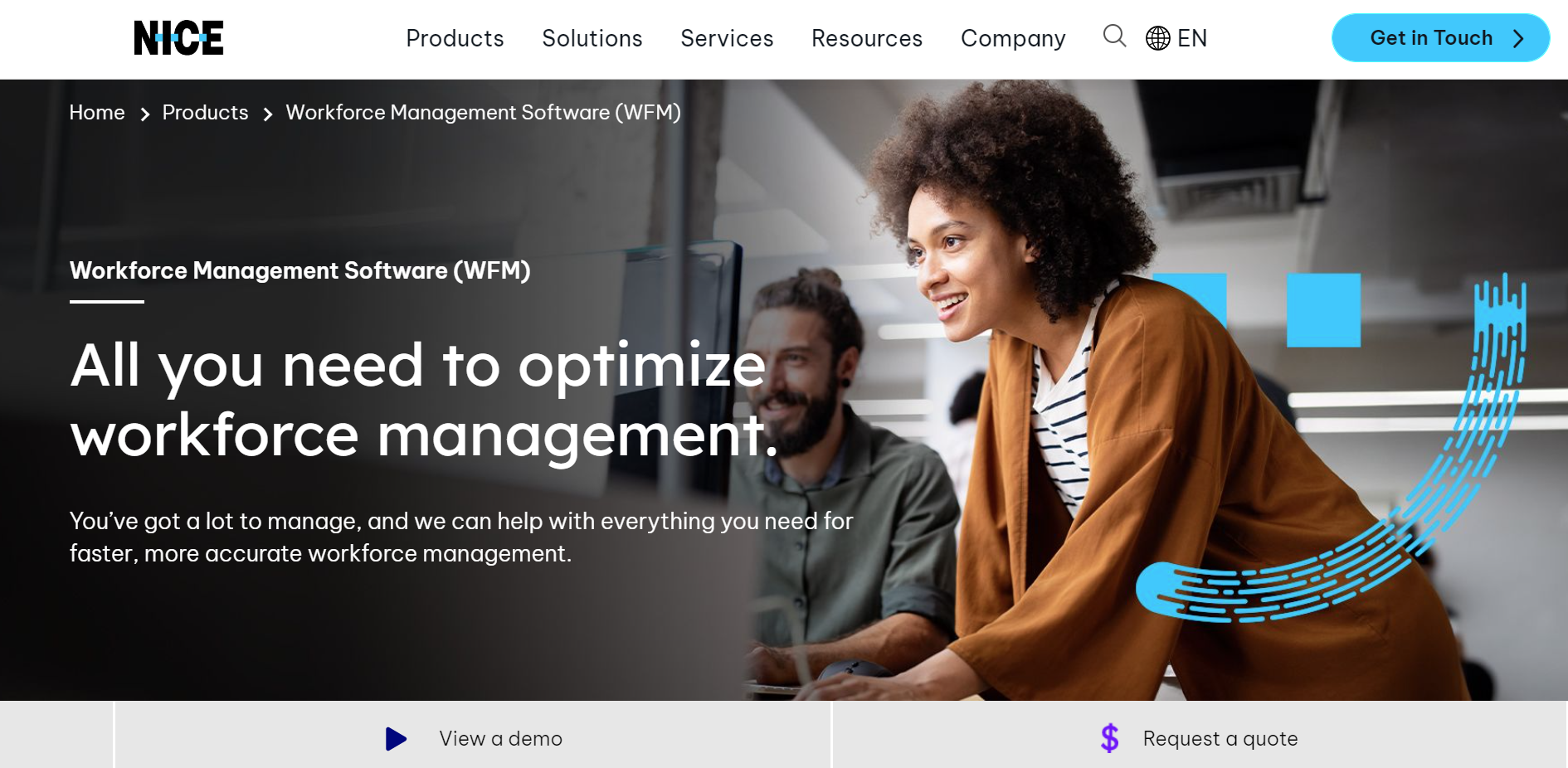 Machine Learning
Machine Learning
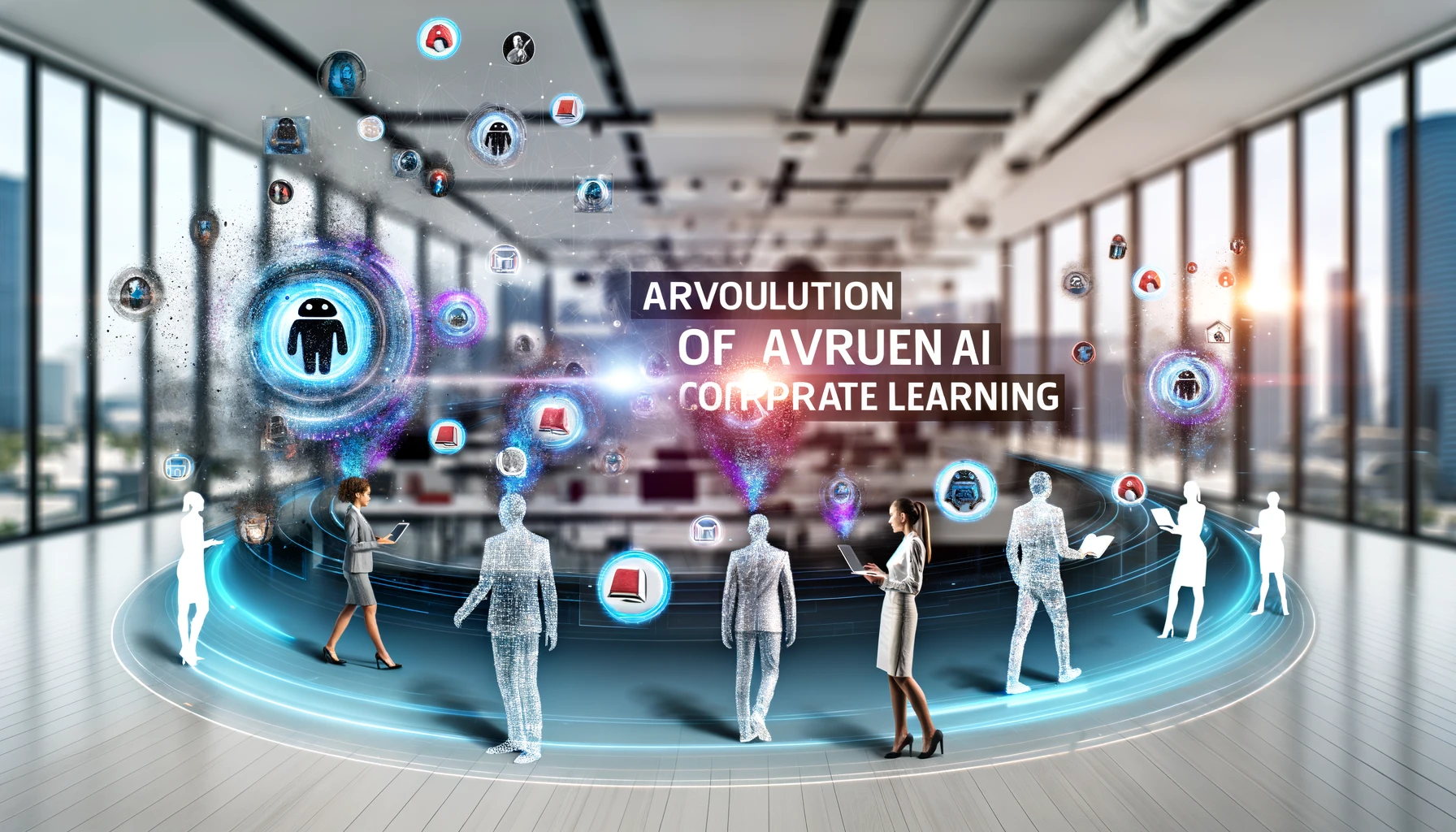 Machine Learning
Machine Learning
 Machine Learning
Machine Learning
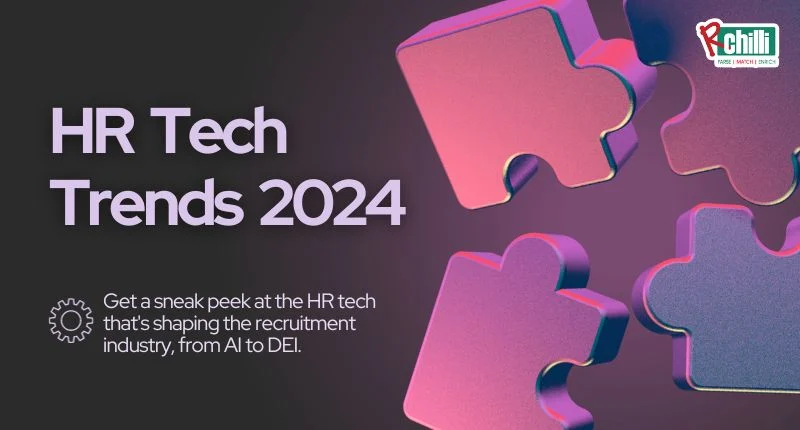 Machine Learning
Machine Learning
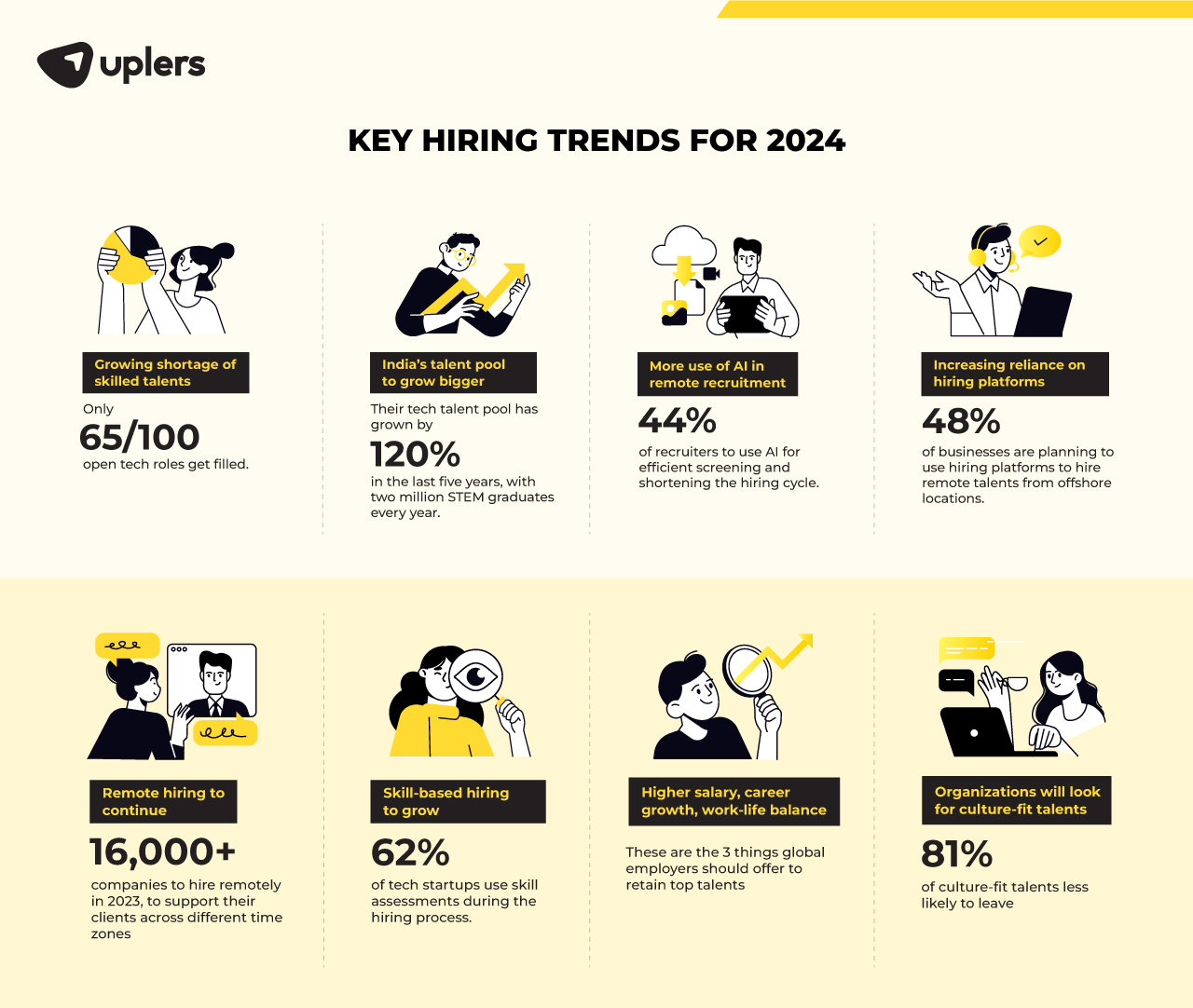 Machine Learning
Machine Learning





 扫一扫
添加客服
扫一扫
添加客服




